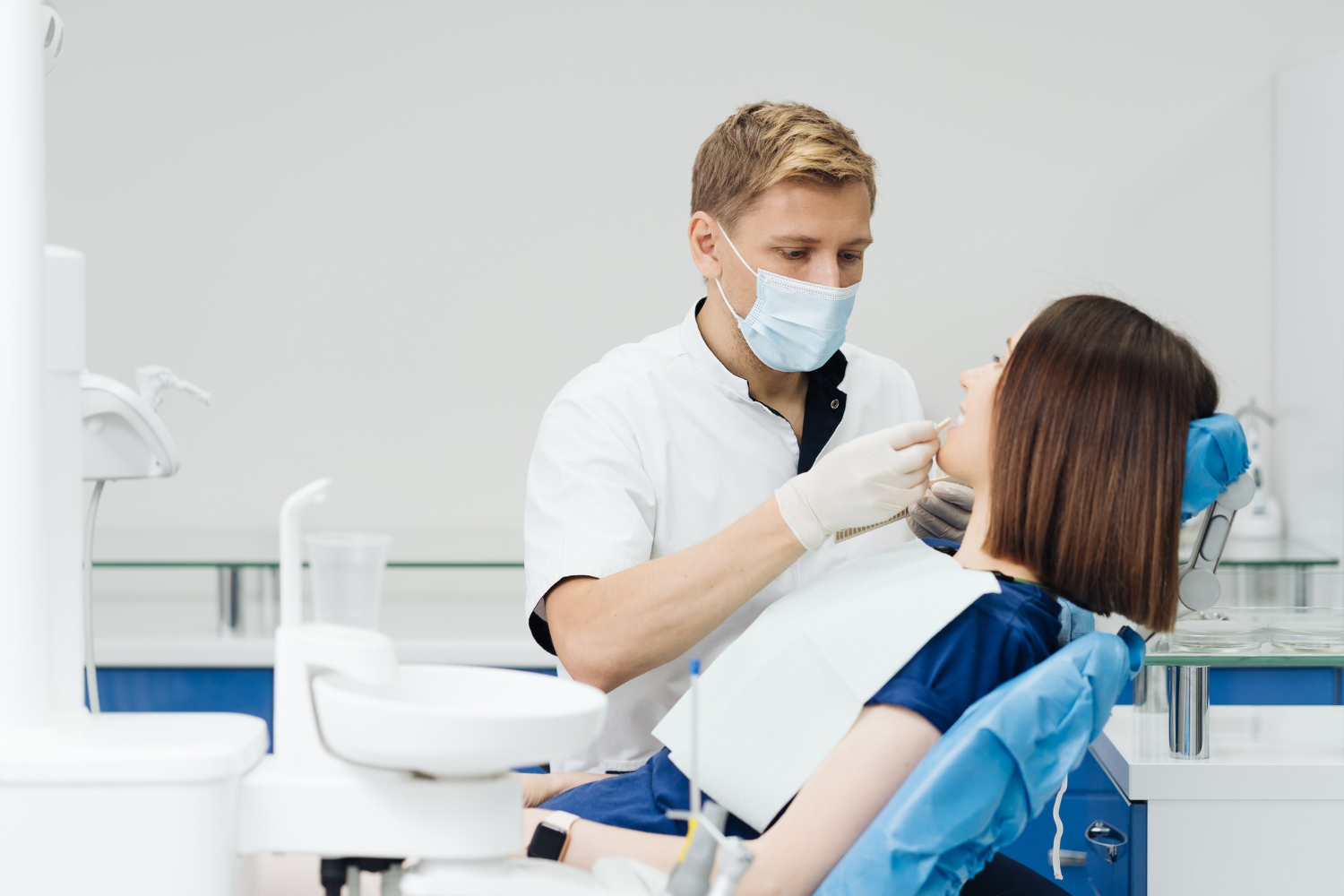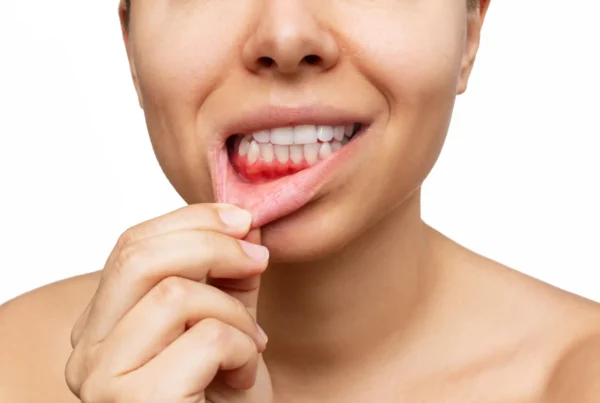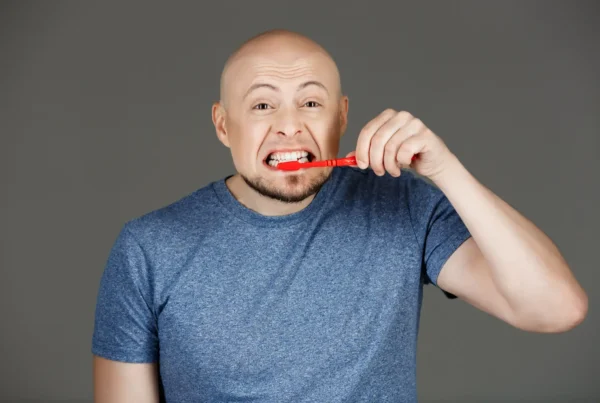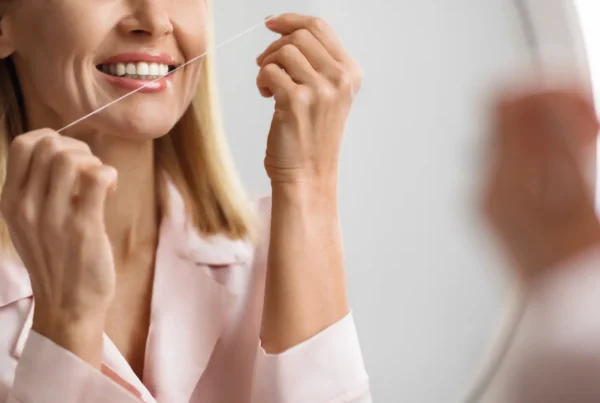Brushing and using oral care products at home may not be enough to fully maintain the health of your teeth and gums. That’s why it’s recommended to visit a dental clinic at least once a year for professional hygiene treatment. What does dental hygiene treatment involve? What procedures are performed, who should consider it, and when is it not recommended?
What is professional dental hygiene treatment?
Dental hygiene treatment refers to a series of professional cleaning procedures performed in a dental office. It is a perfect complement to daily oral hygiene because in-office techniques are typically more effective. During the treatment, the dentist removes tartar, surface stains, and bacterial plaque. The procedure typically includes scaling, air polishing, polishing, and fluoride application.
In most cases, these treatments are painless, though some discomfort may be experienced. Patients with sensitive teeth or receding gums may experience pain during tartar removal.
When is dental hygiene treatment recommended?
The decision to undergo hygiene treatment should be based on a dentist’s evaluation of your oral condition. For those who don’t consume large amounts of sugar and brush regularly, the procedure may focus on polishing and removing surface stains with air polishing.
It is recommended to undergo dental hygiene treatment once or twice a year. It’s also important to monitor the condition of your teeth. If plaque or stains appear that cannot be removed at home, it’s time to schedule a dental visit. Smokers and individuals who drink a lot of coffee may benefit from more frequent sessions. This treatment is also advisable for patients planning to undergo professional teeth whitening.
What procedures are included in dental hygiene treatment?
Scaling
This is usually the first step of the hygiene procedure. It involves removing hardened tartar, which tends to accumulate in hard-to-reach areas of the mouth. The tartar may be removed manually with traditional tools, chemically, with lasers, or using ultrasonic technology. The choice of method depends on the location and quantity of the deposits.
Air polishing
Air polishing removes plaque and surface discoloration. The dentist uses a special nozzle that sprays a stream of water, air, and fine polishing powder under pressure. This technique does not damage enamel and effectively eliminates stains caused by coffee, tea, or tobacco. Combined with scaling, air polishing can produce results similar to whitening.
Polishing
This step removes any remaining buildup using polishing pastes. The dentist uses rubber tips to smooth the enamel, which prevents further accumulation of debris and stains.
Fluoride application
The final step is the application of fluoride. A special fluoride product is applied to the teeth to protect enamel against cavities and sensitivity. Fluoride may also help reduce shallow enamel defects. However, this step is not always included and may be contraindicated in some cases.
READ MORE: What is silver diamine fluoride treatment for baby teeth?
When is dental hygiene treatment not recommended?
Contraindications include medical conditions such as asthma, osteoporosis, cardiac pacemaker, active herpes on the lips, retinal detachment, deep periodontal pockets, the first or third trimester of pregnancy, and painful or injured oral mucosa.
Post-treatment care after dental hygiene procedures
To maintain the benefits of dental hygiene treatment, proper oral hygiene at home is essential. After the procedure, it’s recommended to avoid eating or drinking for several hours. If sensitivity occurs, using a special toothpaste for sensitive teeth is advisable.






